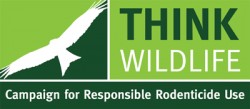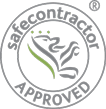Crawling insects
Crawling insect facts
- Most insects have wings, but others crawl instead.
- Some insects that have wings predominantly crawl anyway, such as cockroaches.
- Crawling insects can be regarded as pests if they:
- bite or feed on humans.
- transfer pathogens (e.g. crawling through waste and then across a kitchen worksurface).
- damage food (such as biscuit weevils); damage natural textiles (carpet beetles); damage wooden structures and furniture (such as woodworm)
- transmit disease (e.g. body lice can pass typhus between hosts)
- produce allergens.
- There are thousands of species of crawling insects! They tend to be named after the thing they most commonly cause damage to.
- Book lice feed on the paste used in book binding (but also algae and lichen on trees).
- We refer to a large group of crawling insects as Stored Product Insects. These particularly affect agriculture and manufacturing industries.
- Silverfish are amongst the most common crawling insect pests in UK homes. They feed on anything that contain polysaccharides (carpet, textiles, glue, hair, paper).
- Crawling insects generally like to conceal themselves in damp, dark and undisturbed places.
- Most insects have wings, but others crawl instead.
What you can do
- Vacuum regularly, moving furniture and lifting carpet runners, wall hangings and pictures.
- Treat any areas of damp and make sure extractor fans are working effectively.
- Frequently disturb the dark, quiet corners of your home.
- Inspect packages coming into your property, particularly if you are not sure of their origin.
If you have a crawling insect infestation, we will...
- Identify the species and extent of the infestation.
- This will determine the course of treatment.
- If appropriate, our technicians will advise you on housekeeping and offer you a monitoring programme.
ENQUIRE NOW
ENQUIRE NOW







